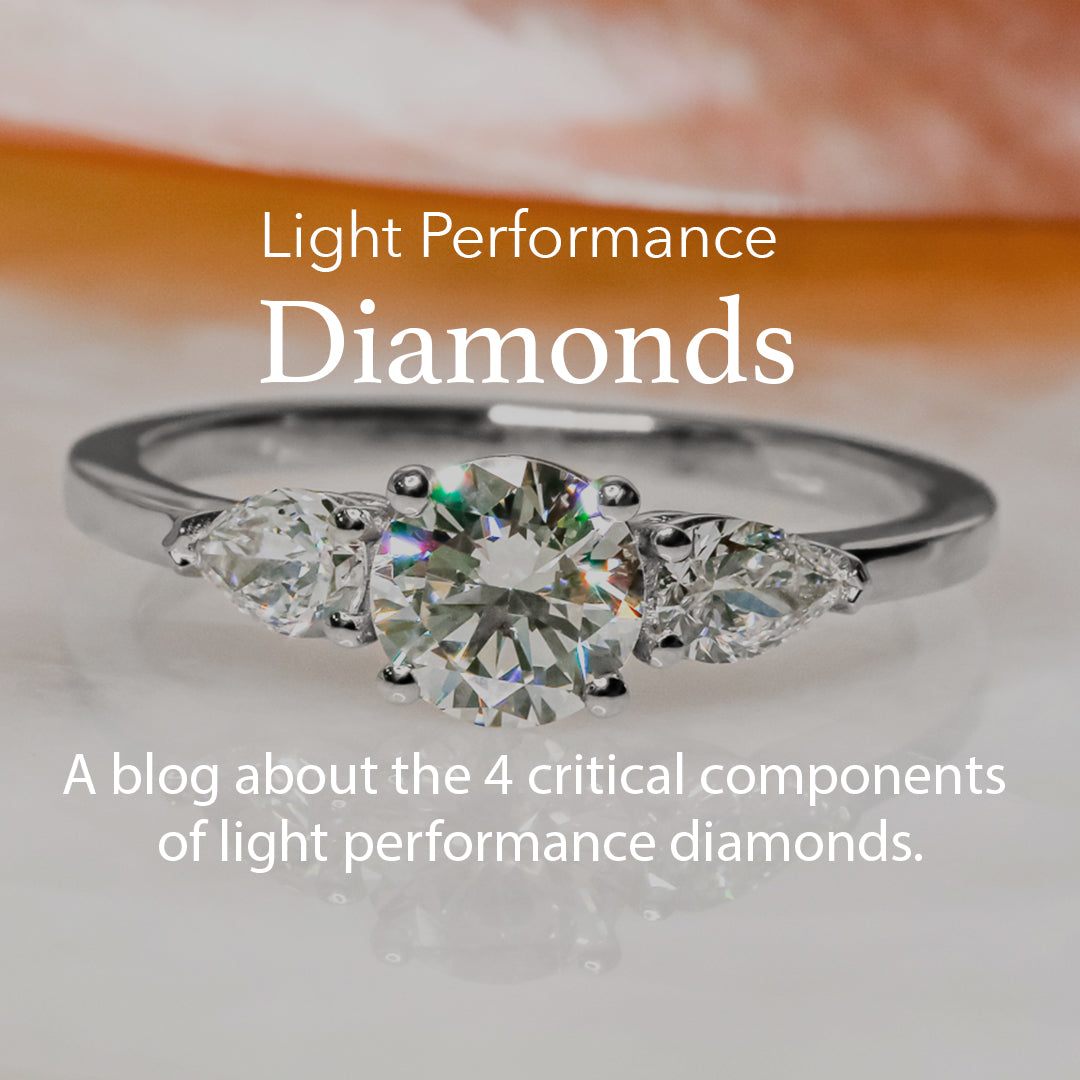
Light Performance - Terms, Science & Dependency on 4C's
Ever since I began selling diamond jewelry I was facing abstract questions, for which there was no definitive answer. This is obvious, since we are discussing diamonds, and diamonds make you feel rather than know. On the other hand, since diamonds are measured with exceptionally advanced technology, the lack of ability to answer these abstract questions was obscure to me.

Some questions I frequently get asked include: Can I see the diamond under various lights? Does the diamond have a strong appearance? How strong is the sparkle? Why in some diamonds one half is dark and the other is not? Does the diamond have "strong" fire?
In the previous article, I reviewed two ways to get a feeling of a diamond and divided the diamond's features into nature-given (color, clarity, transparency) and human-given (cut, sparkle, brilliance, fire, light symmetry, polish, and symmetry). I also defined the term Light Performance, and today, I wish to focus on each feature of it, how we experience it, and what affects it.
Diamond light performance consists of 4 features: Brilliance, Sparkle, Fire, and Light Symmetry.
First of its name, Brilliance. By definition, Brilliance is "the intense white light that radiates from a diamond". Just place your diamond on a surface and take a look at it. Does it look vivid and alive, or milky and dull? Does it radiate or, are it "lights” out? The answers should be immediate and intuitive. There is nothing to know when you look at your diamond, just call it as you see it.

Brilliance is the appearance of a diamond when it is not moving. While a diamond (together with a light source, or the viewer) is still, we can evaluate the course light travels in the diamond. Light comes in through the table, hits one facet, then turns 90 degrees to the parallel facet, up to the table, and out. This happens as long as the diamond is cut to its ideal proportions. However, when it is not, the light will escape.

Neither the color of the diamond nor the carat weight will affect this. However, the clarity of the diamond may affect it. Also, since the series of articles we are referring to includes S12 clarity and better, the visual impact, if any, is minor.
A diamond with healthy brilliance is mesmerizing, full of life, appealing, and hypnotic. You will immediately be drawn to it, like a small sun. A non-brilliant diamond is just a rock. By analyzing the ASET scope, we can see the light return abilities of a diamond and determine whether its brilliance grade is: Ultimate, Exceptional, Very High, or High.


This leads us to my personal favorite – what brings colors and makes things interesting – Fire!
Who among us is not familiar with the album cover of "Dark Side of The Moon"? You must have seen it at least once in your life. There is a white beam of light that enters the triangle prism and leaves as a rainbow. This is where a diamond refracts light. Fire will occur when the diamond, the viewer, or the light source moves, causing the light to bend and refract. You will then witness the vivid and flashy flares of colors. It is most appealing under natural sunlight. Simply mesmerizing.
Lastly, we will discuss Light Symmetry. The cutting angles affect both the strength and the distribution of the visual effects. The diamond is often visible with outstanding light performance; however, the light return is not equal. One part of the diamond is bright (high light return %) and the other part is dark, as light does not bounce back nor is distributed properly. Low symmetry may be a result of non-symmetrical facets or the presence of an internal inclusion.
From this article, we learned about what defines a diamond as “light performing.” We will explore further as we move along with this series of articles.

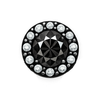


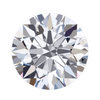
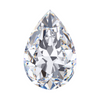
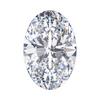
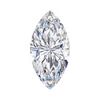
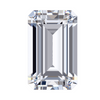
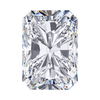
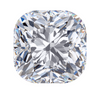


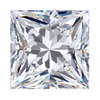
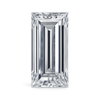
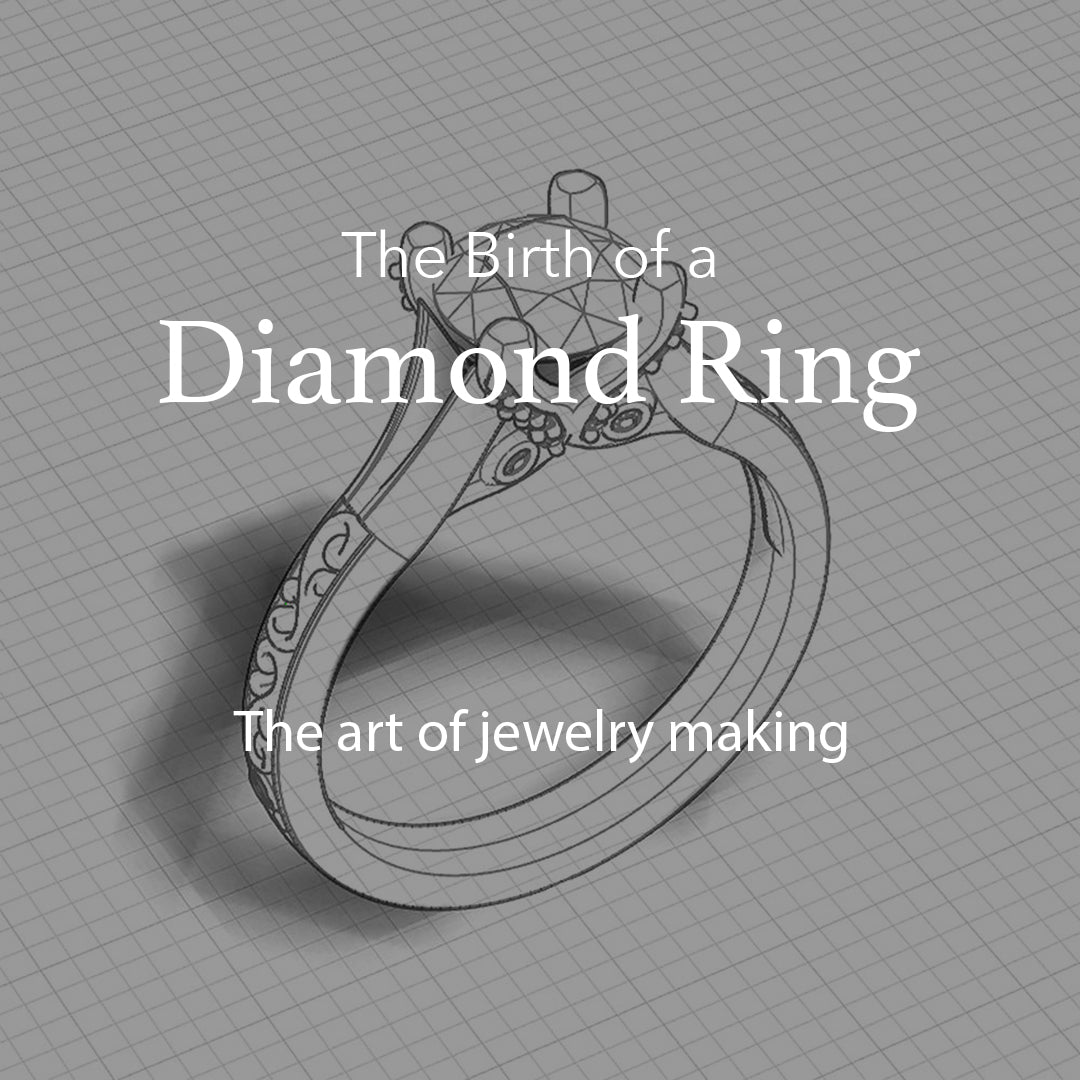
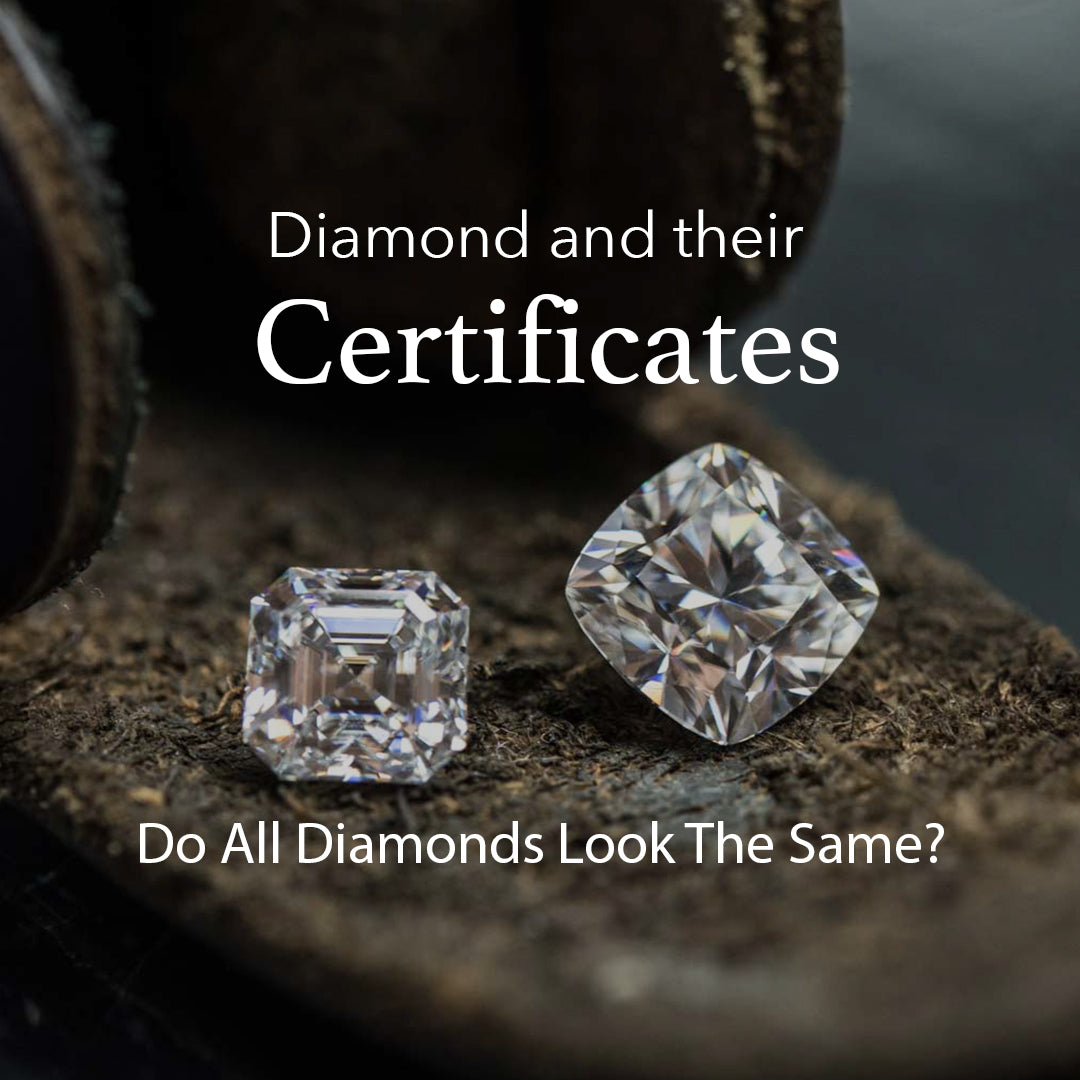
Leave a comment
This site is protected by hCaptcha and the hCaptcha Privacy Policy and Terms of Service apply.